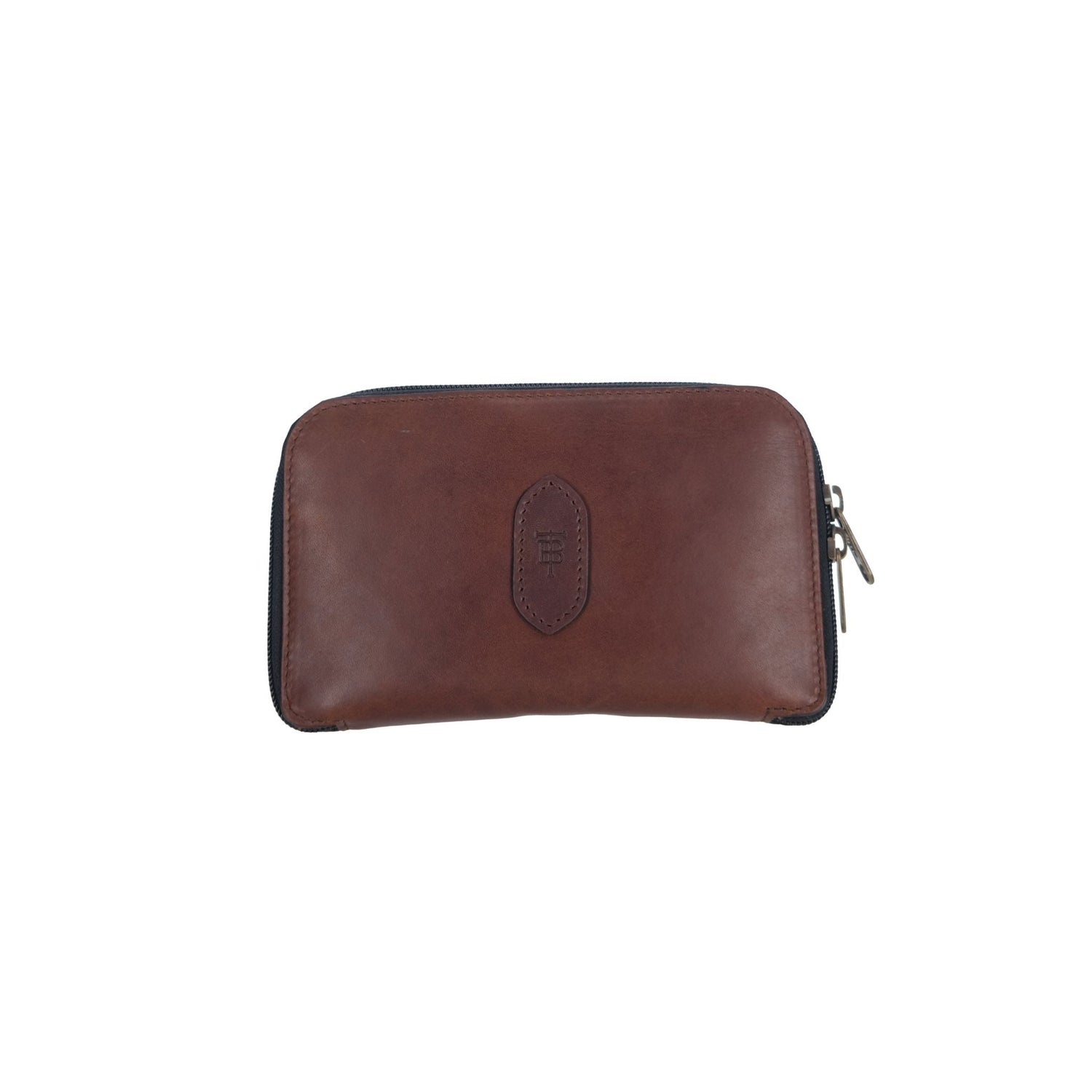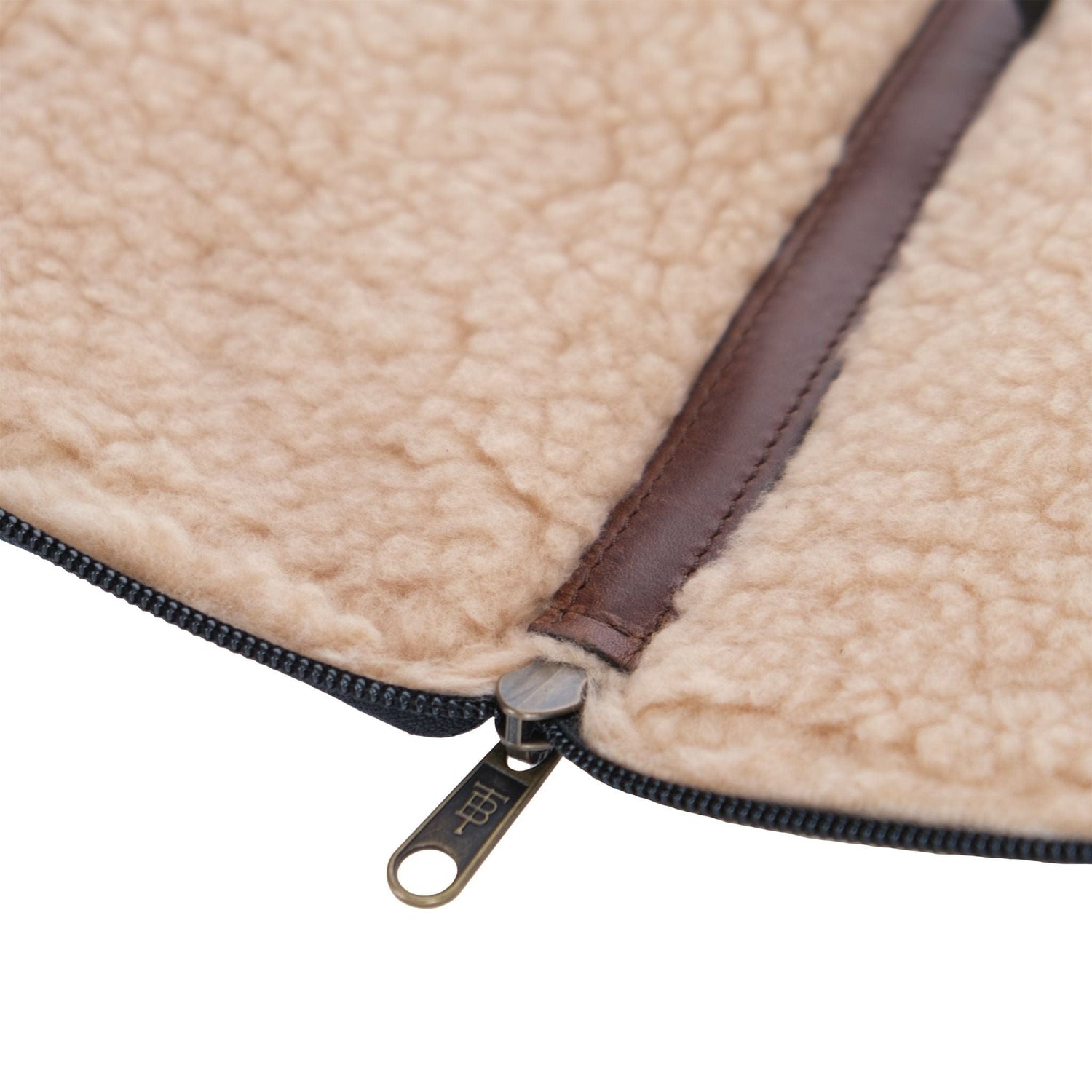It took a few years for my wife to come to terms with my lack of eye contact. It used to bug her. But now, when we go to a restaurant, for instance, she lets me sit with my back to the wall so that I can scan the dining room.
She has no problem with eye contact, whereas my gaze is usually flitting everywhere. I think a lot of men are like me in this regard. Maybe it’s a cliché, but if the shoe fits…
Which, I submit, is the unintentional genius of the canoe. When our ancient ancestors carved the first proto-canoe out of a log, when they first stretched birchbark over gunwales, they were not thinking about the conversational properties of the watercraft. Surely they wanted a vessel that 1) stayed afloat, and 2) slid through the water with relative ease.
But they also created something that catalyzed some of the most intimate conversations in my life. When Bob climbed in the bow and I took my position in the stern, we barely knew each other. Not a stitch of wind blew on Gunflint Lake that morning, with the U.S. on our starboard side and Canada on our port. I could see the black flies swarming around Bob’s head, but I chastised him when he reached for a bug net – after all, we had set out to retrace the path of the legendary Voyageurs, and they fought insects with the dubious method of smearing pork fat on their skin.
Six miles of paddling later, we exited Gunflint via the strait on her eastern end, and Bob and I had opened veins in that canoe, talking of our divorces, our second marriages, and our fathers’ deaths. In less than two hours, and with no eye contact at all, we knew each other.
In his masterful book, The Survival of the Bark Canoe, John McPhee writes, “A canoe trip is a society so small and isolated that its frictions – and everything else about it – can magnify to stunning size.” This line comes amidst his reflections on James Dickey’s equally masterful Deliverance, in which a canoe trip serves as an ideal device for a novel, in which the action moves as fast as the fictional Cahulawassee River.
Thankfully, I’ve never had to bury a body in a backwater bog, though I’m not unfamiliar with canoe trip drama. Tensions tend to flare on day three or four, when we’re tired and hungry. Rain exacerbates the interpersonal strains. Then we come to yet another portage, and someone wants to carry a pack instead of a canoe, or vice versa – the details rarely matter, for it doesn’t take much for a snide remark to cut deeply.
And then, at the end of the portage, like it or not, you’ve got to climb back into the canoe with your erstwhile sparring partner and start pulling in the same direction.
When I first took my youngest child on a canoe trip, he was 15. We sparred, of course, because that’s inevitable between adolescent son and uptight father. But what I most remember about that trip are the canoe conversations: was Neal Peart or John Bonham the greatest rock and roll drummer of all time? Should he drop out of hockey and switch to football? How hurtful was it when his mother and I divorced?
For hours we paddled, me looking at the back of his head and listening. Without the intensity of eye contact, he opened up in ways that I’m quite sure he wouldn’t have had we been sitting across from one another at a restaurant, or even next to one another in a vehicle. And even if we had been in range of a cell tower – which we weren’t – his hands were too occupied with his paddle to hold a phone.
McPhee again: “Travel by canoe is not a necessity, and will nevermore be the most efficient way to get from one region to another, or even from one lake to another — anywhere. A canoe trip has become simply a rite of oneness with certain terrain, a diversion of the field, an act performed not because it is necessary but because there is value in the act itself.”
I get what he’s saying, but I’d like to make a slight objection. For me, travel by canoe is a necessity, as are the conversations that take place within the sacred geometry of that craft, for they take place nowhere else in my life.
About the Author
Tony Jones is a hunter, angler, theologian, and canoe guide. His award-winning essays have appeared in Pheasants Forever Journal, Covers Magazine, and other sporting journals. His new book, The God of Wild Places, traces his journey into the outdoors — and particularly upland hunting — to find meaning and transcendence. He lives in Minnesota with his wife and their dogs.
Photography by Courtney Perry

















